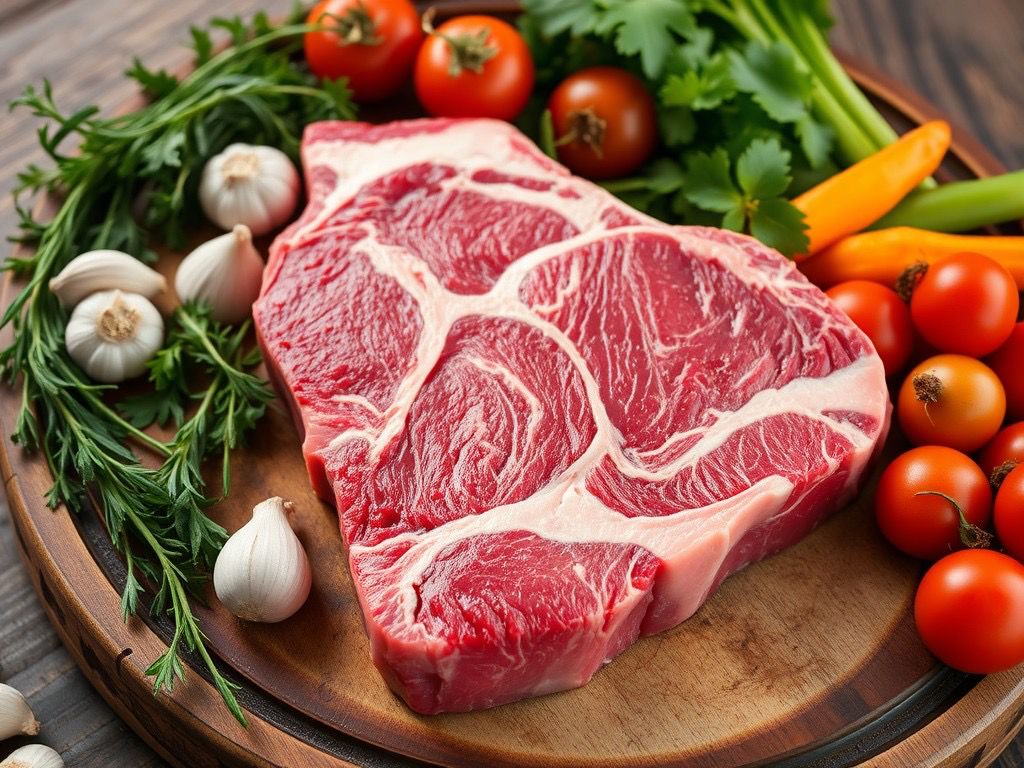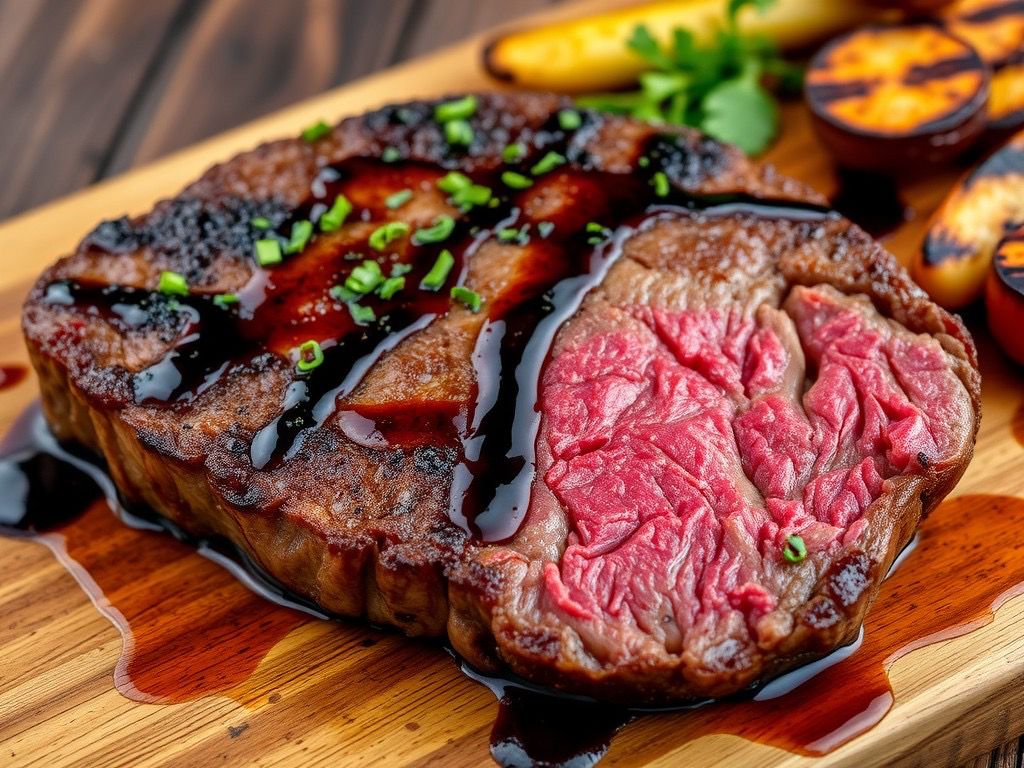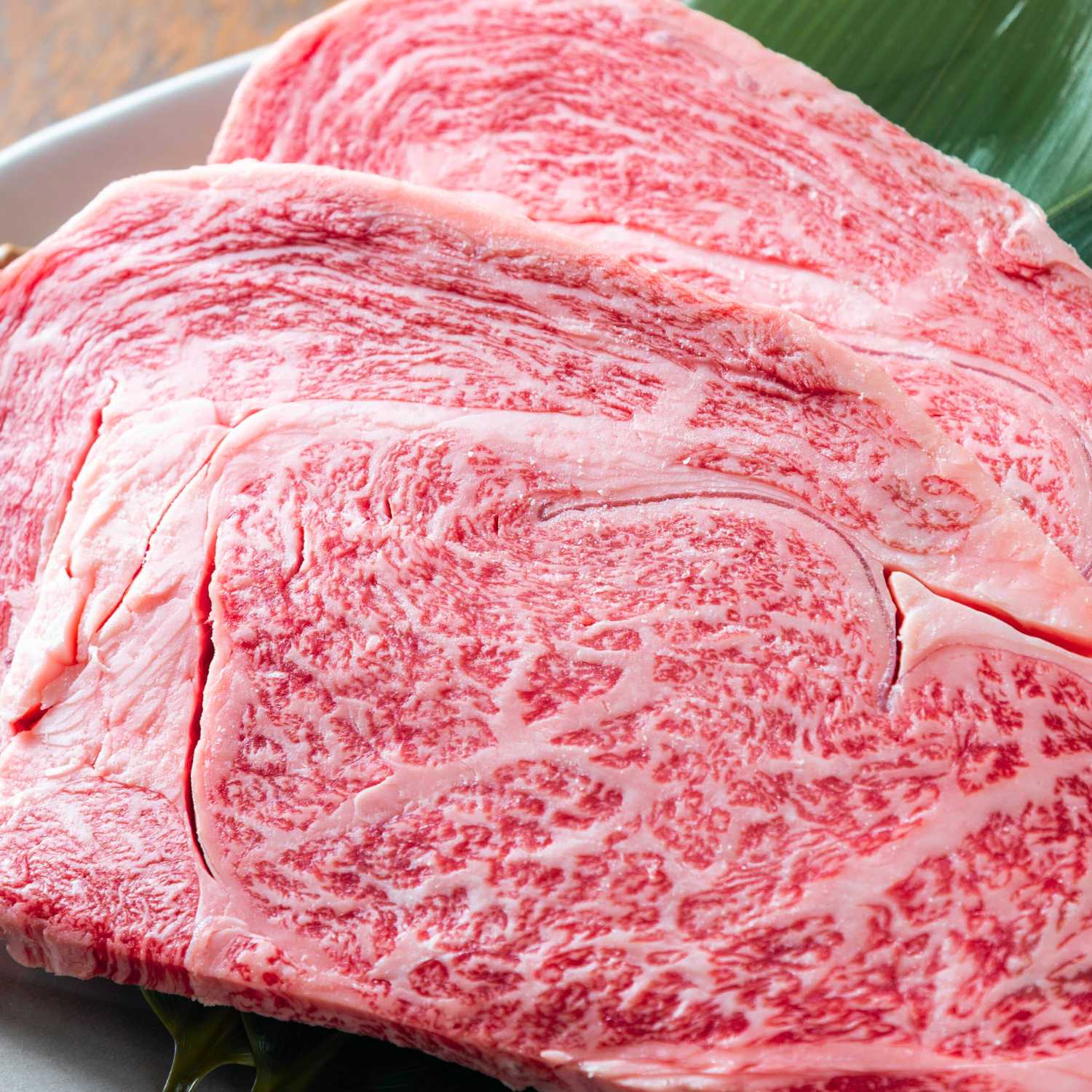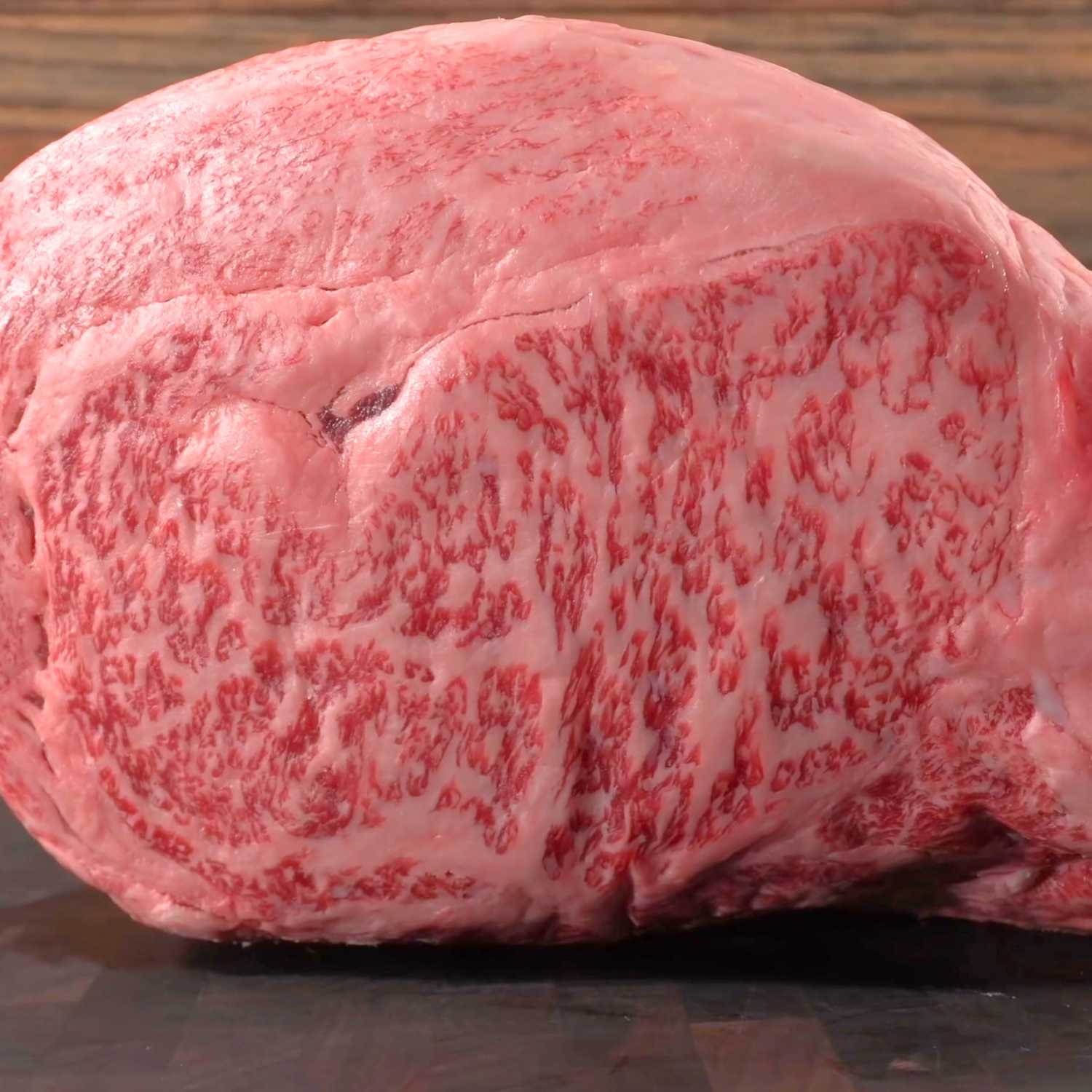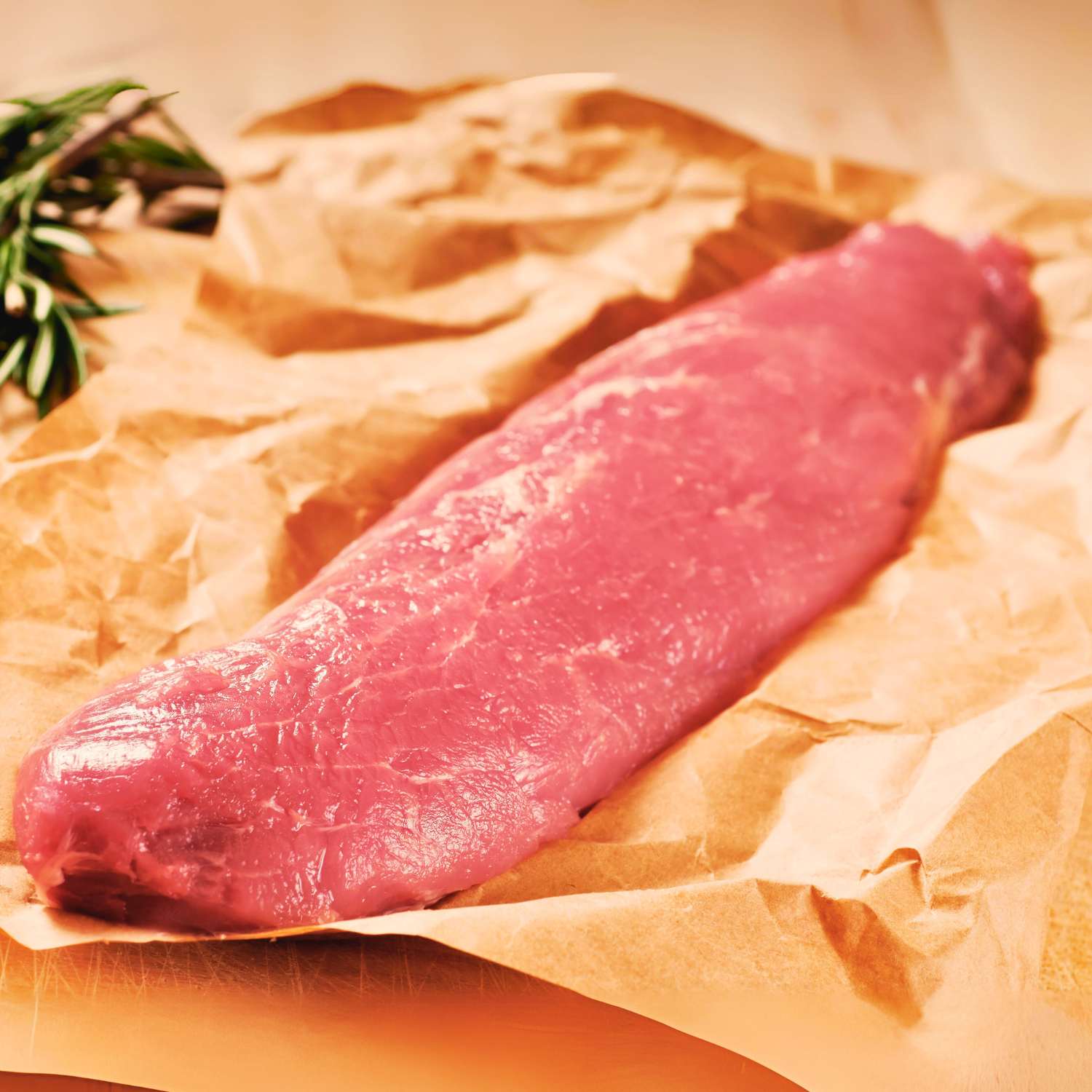Understanding the Basics of Steak Selection and Preparation
Identifying High-Quality Steaks: What to Look for
Finding a top-notch steak starts with know-how. You want bright red meat with firm texture. Also, seek out fine lines of white fat - that's marbling. It hints at richness and taste. A good steak smells fresh too, with no strong odors. For the best in Hong Kong, MeatKing.hk offers grass-fed options. They have tenderloin, ribeye, and striploin cuts. Be sure to check for quality stamps or certifications. That marks a genuine, premium steak.

The Ideal Steak Texture: Tenderness and Marbling
The key to a perfect steak is its texture. Look for tender cuts with good marbling. Marbling means fat lines within the meat. These melt when cooked, making the steak juicy and flavorful. Choose cuts that feel soft to touch. Avoid those that are very firm. The right balance of meat and fat improves taste and softness. When prepping, let the steak reach room temperature. This will give you a more even cook. Tender and well-marbled steaks cook best at high heat. They should be seared quickly for a delicious crust.
The Best Steak Cut for Hong Kong Palates
When picking a steak in Hong Kong, consider the local tastes. The city loves rich flavors and tender textures. Popular cuts include the juicy Ribeye and the luxurious Wagyu steaks. These are prized for their fine marbling, which gives an incredible taste. For a special treat, try the Tomahawk. This cut is both impressive to look at and full of flavor. It's perfect for celebrations or a family BBQ.
Here are the top picks for Hong Kong's palates:
- Ribeye Steak: It's known for its juicy richness and is a local favorite.
- Wagyu Beef: This offers unbeatable tenderness due to heavy marbling.
- Tomahawk Steak: A show-stopping cut that tastes as good as it looks.
- Sirloin: A more affordable but still flavorful option for daily meals.
Choose the right cut, and your steak will be the talk of the town!
Advanced Techniques for Cooking Wagyu and Ribeye Steaks
Sous Vide: The Secret to Perfectly Cooked Wagyu
Sous vide is a game-changer for cooking Wagyu. The technique uses precise heat to cook steaks evenly. It's perfect for Wagyu's delicate fat marbling, ensuring tender meat. You'll need a sous vide machine and time. First, season the Wagyu steak with salt. Vacuum-seal it in a bag next. Set the sous vide to the ideal temp for your preferred doneness. Medium-rare is usually best for Wagyu. Submerge the bag and cook the steak for about one to four hours. Once done, give the steak a quick sear for a crispy crust. Enjoy your perfectly cooked Wagyu steak with its rich, juicy flavors.
Pan-Searing: How to Enhance Ribeye Flavor
To enhance the flavor of ribeye steaks, pan-searing is key. Start with a hot, dry pan. Let your steak reach room temperature first. This ensures even cooking. Season well with salt, pepper, and maybe some garlic powder. For a Hong Kong twist, add a pinch of five-spice powder. Use a high-smoke-point oil like grape seed. Place your ribeye steak in the pan once it's smoking hot. Sear for about 2-3 minutes on each side. This creates a delicious crust. Don't move it around in the pan. Let it form that crusty exterior. For an extra boost, add a knob of butter at the end. The butter bastes the steak, enriching its flavor. Finish by resting your steak for 5 minutes. This helps retain the juices for a succulent bite.
Grilling: Tips for a Perfect Tomahawk Steak
When grilling a tomahawk steak, a showstopper in Hong Kong BBQs, it's key to get it right. Start by letting the steak reach room temperature to ensure even cooking. Preheat your grill to a high heat to create that sizzling crust, but have a cooler zone to move the steak after the initial sear. Next, season the steak generously with salt, allowing it to penetrate the meat before grilling. Sear the steak for a few minutes per side over direct heat, then move it to the cooler area to continue cooking indirectly. For an added local twist, brush on a mix of soy sauce and honey during the last few minutes of cooking. It's also vital to rest the steak for at least 10 minutes before slicing to allow the juices to redistribute. Pair your perfectly grilled tomahawk with a Hong Kong-style side dish, like stir-fried garlic vegetables or sweet and sour sauce, for an unforgettable meal.
Leveraging Chinese Ingredients and Hong Kong Flavors
The Fusion of Cantonese Cuisine and Western Steaks
Steaks in Hong Kong get a unique twist with Cantonese flavors. We blend East and West in our kitchens. Soy sauce and star anise can add a special taste to beef. Black bean sauce can turn a regular steak into a Cantonese delight. Oyster sauce is great for stir-fried beef with a Hong Kong spin. These mixes create a new steak experience. They bring a local touch to western dishes. Chefs here like to use ginger and garlic too. They give steaks a tangy, spicy kick. This mix of cuisines satisfies diverse palates. It also gives steak lovers in Hong Kong a taste of home. The result is a delicious fusion. It's perfect for those who love both Cantonese food and hearty steaks.
The Role of Chinese Spices and Seasonings in Steak Dishes
Incorporating Chinese spices and seasonings into steak dishes can elevate the flavor profile to new heights. These additions harness the essence of traditional Chinese cooking, transforming the classic steak experience.
- Star Anise: This spice adds a warm, sweet licorice-like taste.
- Sichuan Peppercorns: They give a bold, numbing spice kick.
- Five-Spice Powder: A blend that complements beef with its rich aroma.
- Fermented Black Beans: They bring a salty and earthy depth.
- Hoisin Sauce: Offers a sweet and tangy glaze, perfect for finishing a steak.
- Oyster Sauce: Introduces a savory and slightly sweet note.
The key is balance. The strong flavors of these spices must enhance, not overpower, the steak. Pair them carefully to match the specific cut and preparation of the meat for a harmonious dish that reflects the fusion of East and West.












